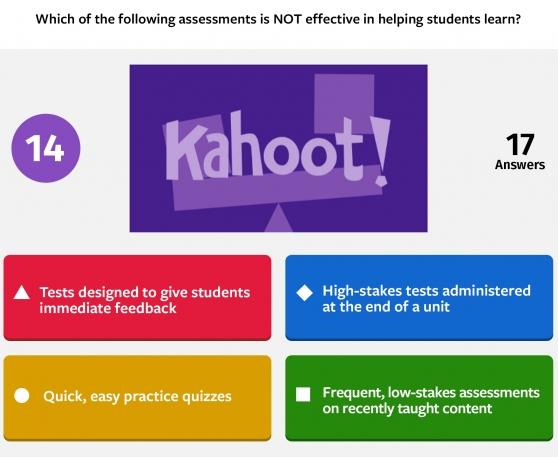What’s the point of a test?

After this spring’s controversy about whether students should or shouldn’t be required to take state exams during a year of pandemic learning, my 3rd-grade son strutted out of school on the afternoon of the ELA test looking especially pleased with himself.
“I definitely aced it,” he said confidently. “I already knew most of the questions because we already did them!”
Indeed, the New York State Education Department confirmed that it had reused questions from publicly available previous exams, which many teachers commonly distribute to their students as practice.
As we walked home, I wondered whether “The Test” — as my own students used to ominously refer to it when I was a New York City public school teacher — was just one big exercise in futility. After all, at the heart of the years-long debate over whether an exam can ever truly be an accurate snapshot of students’ abilities is a relatively simple question: What’s the point of a test?
In a 2015 study of large urban school districts, researchers found that students will take an average of 112 standardized tests by the time they graduate from high school. These tests are “standardized” because they are administered and scored in the same way for all students — but they are also “standardized” in the sense that they are designed to measure mastery of certain standards.
As common learning standards have evolved, though, exam designers have had to confront an issue: Deeper and more complex learning is much harder to measure on a standardized test. Gregory J. Cizek, a professor of educational measurement at the University of North Carolina-Chapel Hill, served as a technical advisor for large-scale assessment programs. Of New York State’s Next Generation Science Standards, he noted, “I’m not aware of any assessment program that has demonstrated it can build a science test that measures with fidelity the three-dimensional learning required.”
Of course, most classroom teachers are acutely aware that gauging students’ abilities isn’t always possible by grading a test. Moreover, what we traditionally think of when we hear the word “test” — a cumulative evaluation at the end of a unit — doesn’t necessarily help teachers determine how best to reach a student.
“The purpose of an assessment is to see if students have mastered a standard. But if you wait until an assessment at the end of a unit to see where students are, the unit’s over,” says Marianne Shenton, a UFT Teacher Center site coordinator at PS 1 on Staten Island, who has worked with her staff members to develop a cross-grade blueprint for mapping the Next Generation Learning Standards. “So, we don’t believe in waiting until the assessment. We want to know now, so we can adjust accordingly.”
In fact, research suggests that frequent, low-stakes testing — the opposite of the yearly state assessment that looms large in many students’ minds — can actually boost learning. “Retrieval practice,” which may take the form of an exit ticket, Kahoot quiz or benchmark assessment, helps students to retain information they’ve recently learned and has the benefit of providing immediate feedback to both students and teachers.
“We may give students a few multiple-choice questions, or a task that’s short and to the point — nothing crazy,” says Shenton. “Then we use that information to drive instruction.”
Cumulative assessments can also serve a purpose in helping teachers map out their instruction.
“When we plan a unit, we look at the assessment and work backward,” says Shenton. “What do students need to know to master this assessment? If there’s a question on the assessment that’s worded in a way they’ve never been exposed to, that’s not fair. We want to make sure we cover that in our lessons.”
In other words, when an assessment is well-designed and aligns with standards, the idea of “teaching to the test” sheds its negative connotation.
But if the Next Generation Learning Standards promote intricately complex learning, how can teachers best create their own standards-aligned assessments?
“When I’m creating an assessment, instead of just multiple-choice questions where students are feeding information back to me, I really do think about the students themselves and how I can draw upon what they’re interested in to tie in the material on the assessment, because that’s the best way to get them into it,” says Erin Schneider, a science teacher at PS 232 in Howard Beach, Queens.
Schneider gave the example of a recent group of 8th-graders who in a study of the human body took particular interest in what could go wrong and what happens when a system, such as the respiratory system, fails. “So on our assessment, I gave them various scenarios where they were able to show what they had learned in that way,” she said.
Such an assessment is not standardized. But providing students with multiple opportunities to express what they know and what they are still learning to master is the very essence of what teaching is about.